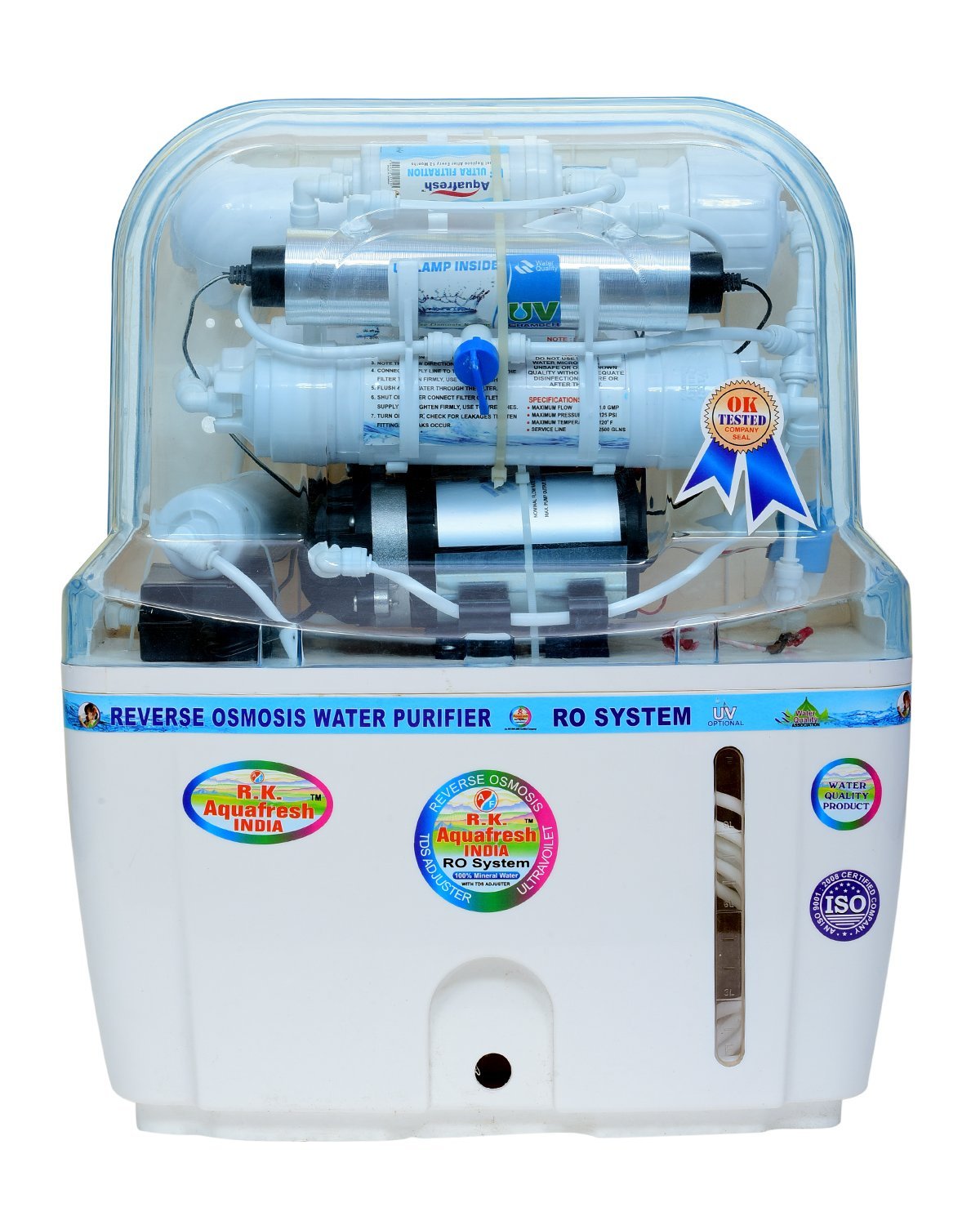It is essential to confirm the quality of the water before using it
. If the water is found to be contaminated, there are several ways
that can be adopted for purification of water. Each of the methods
has its own merits and demerits. Filtering is best for the treatment
of water through various sediment and chlorine filtration processes.
Reverse osmosis is by far the best way in the long run. A reverse
osmosis unit consumes less energy and time to purify the raw water.
Purified water is crucial and much distinct from the ordinary mineral
waters and spring waters. The treated water is passed through
custom-engineered systems and state-of-the-art mechanisms of
purifier companies. The unique methods of the purifier supplying
companies help in the inspection of water from natural sources.
Undesirable chemical elements, various organic/inorganic compounds
, biological impurities and toxins - all can be removed through the
application of modern-day purification processes.
The primary purpose of purifying water is making
it safe for drinking and freeing it from disease-causing
contaminants. Purifying units also helps in the removal of different t
ypes of viruses, algae, bacteria, parasites, etc. suspended in
water from natural sources.

Several methods of purifying water
- Screening is the first and foremost process for purification of water. Water collected from the natural bodies like rivers and lakes are passed through screens. It plays an essential role in purifying as a large number of natural contaminants including plants, leaves, fish wastes, etc. can be kept out. However, groundwater does not need any screening for it naturally passes through various layers of earth and gets purified naturally.
- Coagulation causes to form a floc or sticky material with the addition of chemicals or alum to the water. The floc helps to attract the contaminants and dirt materials with its negatively charged ions. The heavy elements tend to sink at the bottom, and the clean water can be obtained.
- In the third stage, the water and the floc flow through the sedimentation basin. The heavy floc settles at the bottom of the basin, and after its removal, the clean water can be easily obtained.
- The water can be further passed through different layers made from sand, gravel and activated carbon (or charcoal) for filtering out the rest of the impurities and contaminant particles.





Aqua Solution India